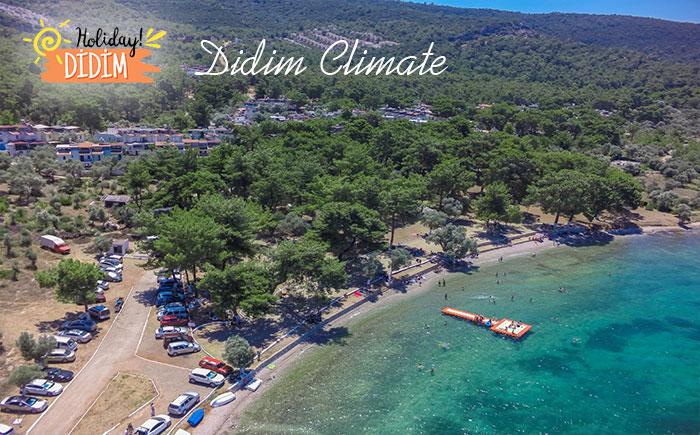
Didim is a city that became a district in 1991. Although it is at the border location to Muğla, it is in the shape of a peninsula surrounded by the Aegean Sea in the west and south. Our city, which is known for its proximity to Kuşadası and located within the borders of Aydın, has a coastline of 90 kilometers. Among these bays, the most famous bay in the world is Altınkum.
When we look at the nature of Didim, we see 40% forest and maquis. While all kinds of trees grow in forests, especially oak, sycamore, red pine, larch, pistachio pine, linden, dried nuts, insane, ash, bay and chestnut are quite abundant. All kinds of fruit can be grown in the plains of Didim. When we look at the vegetation of the Didim, there are 806 thousand 715 hectares of pastures and meadows, 250 thousand hectares of forests, 6722 hectares of lakes and swamps, and 109 thousand 600 hectares of land that are not suitable for agriculture.
The humidity in Didim is quite low. It is said to be especially good for asthma. Despite being in the warm climate zone, low humidity in the air will not strangle people while you are here and you will not feel the scorching heat of summer.
Didim has a Mediterranean climate. Summers are hot and dry, winters are warm and rainy. There are many maquis areas in the region. When we look at the average temperature annually in Didim, we can see 17-18 degrees. In the city, which is more temperate than the Mediterranean region, the annual rainfall varies between 600-1000 mm.
